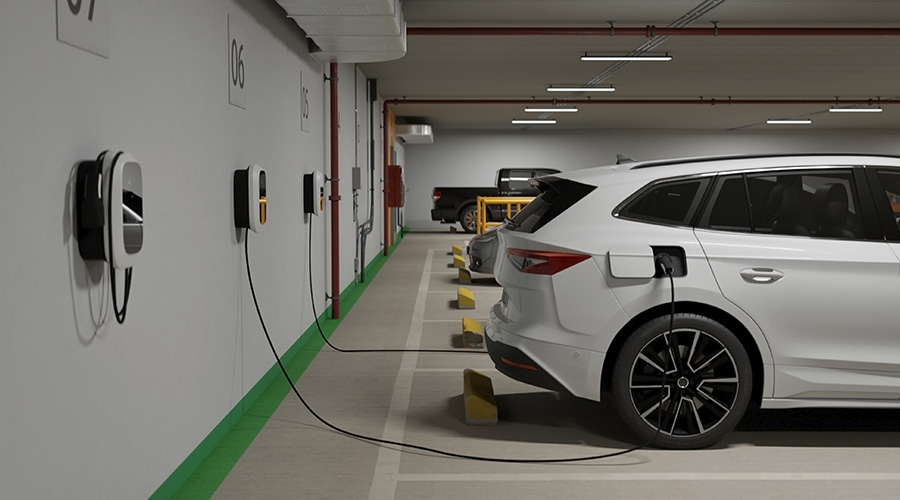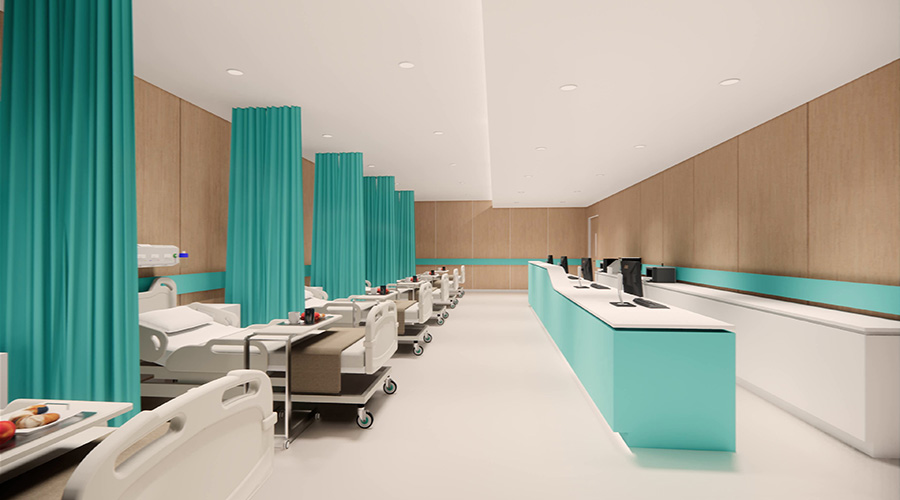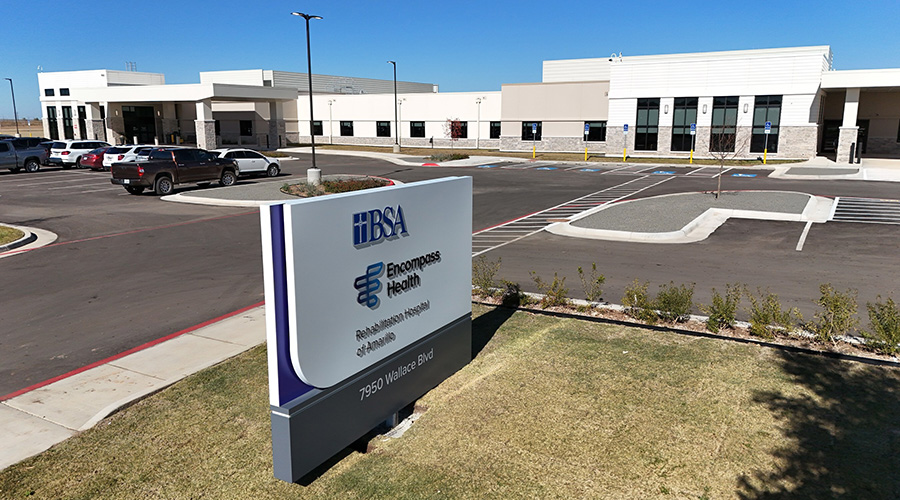One of Australia’s major hospitals recently evaluated the energy savings potential for deploying the Predictive Energy Optimization (PEO™) platform. The building has just under 409,000 square feet of interior space and is controlled independently from the other facilities in the medical complex.
The Challenge:
The challenges included establishing good working relationships with diverse areas of responsibility within the hospital, ranging from facilities management and environmental staff, to finance and IT. The hospital’s approach was one of caution due to the significant impact HVAC disruption could have on patient care and emergency procedures.
BuildingIQ’s baseline analysis concluded they could save the hospital about 10 percent of total power usage without disruption. Hospital management said they would be satisfied with a 5 percent reduction in HVAC consumption alone. They felt the 10 percent target was overly ambitious and unobtainable.
Key technical challenges revolved around the hospital’s long-time practice of overcooling their interior space 24/7. The hospital’s facilities staff had largely overlooked the beneficial thermal properties of their building’s structure, and were used to manually turning the chillers on during hot days.
The Solution:
BuildingIQ entered into a shared energy savings contract based upon the deployment of BuildingIQ’s Predictive Energy Optimization™ (PEO) software. The first phase of PEO was the establishment of the historic baseline of energy consumption, which indicated feasible savings at the 10 percent level. The second phase involved learning the thermal dynamics of the building, and the building’s response to changing conditions. The third phase, optimization, began within a few weeks. Early results were highly promising, and as the PEO model continued to refine parameters, savings continued to climb. The massive heat-retaining walls of the older building were brought into play, using them to keep the interior space cool without additional forced cooling.
The Results:
The results were immediate and dramatic. Within weeks of the initial optimization, total energy savings climbed from 5 to 10 percent, and continued to climb as the Australian summer season progressed. By the peak month of December, total energy savings — not just HVAC savings — reached 20 percent. A total net peak demand reduction of 10 percent was achieved. A thorough review was conducted of the baseline and savings calculations by the hospital’s management. Since transparency is one of the strengths of BuildingIQ’s platform, hospital management was soon convinced the results were genuine.
There was no disruption to hospital operations. Nurses and doctors made unsolicited comments about how much more comfortable the hospital felt now that the overcooling had been brought under control. The hospital has been able to meet its peak load using two chillers instead of three.
Given the substantial results, hospital administrators have been talking to their colleagues at other hospitals in Australia about the enormous potential for energy savings, cost reductions, and enhanced comfort using BuildingIQ’s Predictive Energy Optimization.

 EV Charging Stations: Planning for Safety, Convenience, Expansion
EV Charging Stations: Planning for Safety, Convenience, Expansion Why Ambulatory Surgery Centers Are Turning to Dedicated HVAC Systems
Why Ambulatory Surgery Centers Are Turning to Dedicated HVAC Systems Ground Broken on UW Health University Row Medical Center
Ground Broken on UW Health University Row Medical Center Better, More Thorough Cleaning Saves Lives
Better, More Thorough Cleaning Saves Lives Encompass Health Opens the Rehabilitation Hospital of Amarillo
Encompass Health Opens the Rehabilitation Hospital of Amarillo